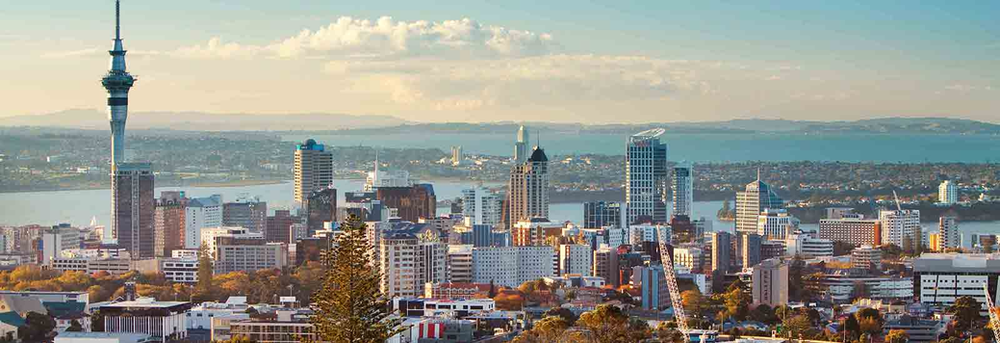You may remember that earlier in the year, Auckland Council released a draft Future Development Strategy for public consultation. Earlier this month, Auckland Council adopted the Future Development Strategy, which will guide decisions on how Auckland will grow and develop over the next 30 years.
The Future Development Strategy (FDS) aims to achieve a balance between development of greenfield areas and providing housing capacity in existing urban areas.
Some of the main changes introduced in the Future Development Strategy include having a stronger focus on responding to climate change (specifically flooding and the risks associated with that on people and property) and taking into account Auckland Council’s financial constraints in providing the necessary infrastructure and services in greenfield development.
What does this mean for future development?
There are some areas where future greenfield development was to occur that will now not happen, and the timing of development in some greenfield areas will now occur later than was previously planned. There will be more focus on the upgrading of infrastructure in existing urban areas where there is more development anticipated- more capacity is expected in areas of high demand, with good transport links/ options and low risks from natural hazards. This is expected to be mainly around town centres and public transport routes.
The FDS focuses on optimising existing infrastructure and recognises that upgrading infrastructure in existing urban areas accommodates growth at a lower cost compared to installing new infrastructure in future urban areas (greenfield areas).
Some of the main components of the FDS include:
Removal of greenfield development in areas at risk of flooding
- Removal of some greenfield land in areas like Hatfield’s Beach, Takanini, and partially Kumeū-Huapai, where these areas are subject to flooding hazards and will not be suitable for future development and growth to occur.
- This makes up approximately 800 hectares of greenfield land, however this will not compromise Auckland’s housing capacity, as capacity will be provided in other areas.
Investments in locations with infrastructure constraints
- Priorities for a small-scale package of investment will be given to accessible and high-demand areas with short to medium term infrastructure constraints where additional development capacity is intended.
- These investments will not only be limited to water and transport, but may include green spaces, walking and cycling connections, and improved community services or facilities.
Significant investments in infrastructure in priority areas
- Focus on infrastructure investment in priority areas in the next 10 years, including areas in Westgate, Tāmaki, Mount Roskill, Māngere, Drury, and Auckland’s City Centre.
- Creating housing capacity in areas around town centres and public transport nodes, in cases where there are low natural hazard risks

Priority Areas
Business land in future urban areas
- Identifies the need for more business land in future urban areas, in particular, large format retail businesses. As a result, the FDS has brought forward development of 250 hectares of business land in Whenuapai to 2025, and business land in Silverdale and Puhinui over the medium term.
- This will provide more employment opportunities, helping to address the employment inequities and reducing emissions.
What’s next?
The adoption of the FDS means changes to the way Auckland will grow in the next 30 years.
The three main actions to support the implementation of the FDS are:
- Changes to the Auckland Unitary Plan,
- Investment prioritisation,
- Advocacy, research and other non-statutory approaches
The FDS goals will likely work in tandem with the proposed Plan Change 78 changes we talked about in our blog last week. You can access it here.
© Planning Plus Ltd 2023



